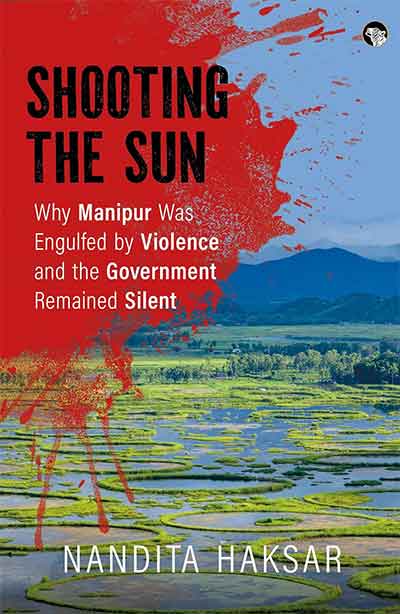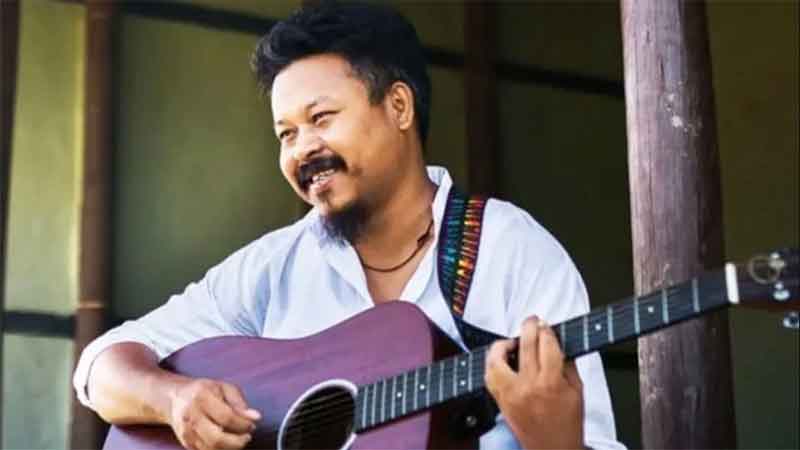An overview of Manipur’s three-way ethnic conflict between Meitei, Naga and Kuki groups, which started since the era of British rule and the Anglo-Kuki war of 1917-19 during World War I

One regularly sees headlines describing the clashes in Manipur as ‘attacks on Christians’ because more than 100 churches and some temples have been attacked. That gives a communal colour to what is a decades-old ethnic conflict resulting from complex ethnic relations and land management systems of Manipur. The state has three main ethnic families — the predominantly Christian Naga and Kuki tribals and the mostly Hindu, non-tribal Meitei who form 53% of the 2.86 million population (2011 census) living on 10% of Manipur’s land in the valley. The tribes comprise 40% of the population living on 90% of the land in the hills. However, tribal land includes most forests that are 67% of the state’s landmass. The Meiteis complain that they cannot own land in the hill areas while tribals can own land in the valley; they thus call this arrangement unjust. The tribes rebut by saying that the Meiteis monopolise jobs as well as economic and political power in the state and that they cannot claim land over and above of what they have. In reality, some poor Meitei families live in the hills and some well-off tribal families live in the valley. The valley-based leaders do not necessarily represent the poor but land remains central to this conflict.
Legal measures have been attempted to change the nature of land-ownership in the hills. The tribes have resisted these attempts. They have been demanding the Sixth Schedule and have been granted some concessions under Article 371C. The conflict has continued, but till now it had taken the form of highway blockades, strikes and shutdowns. Moreover, it is a three-way conflict. The Nagas and the Kukis join hands to oppose moves of the State that they perceive to be pro-Meitei but they, too, have a conflict centred on land. During World War I, the Kukis refused to go to Europe as porters for the British army; the British army then attacked them. After the defeat of the Kukis in the Anglo-Kuki war of 1917-19, the British regime evicted them from their land, dispersed them all over the Northeast, and justified its actions by creating the myth that the Kukis were nomads who went around occupying land belonging to other tribes. Most people accept that myth today and treat Kukis as refugees with no right over land. The refusal of other communities to recognise the Kukis’ rights over land further complicates ethnic relations.
Some Meitei leaders decided recently that the only way of gaining access to tribal land was to include their community in the tribal schedule. They approached the Manipur High Court with a plea to act on this demand. A single bench judge ordered the government of Manipur to consider recommending tribal status for the Meitei to the Union government. On April 26, the state government used a 1966 boundary notification to evict some Kuki families in Churachandpur district from their land on the plea that it was forest land. For good measure, it added that the Kukis were growing poppy; they do so, but only as bit players. The State has not touched the masterminds. These events combined to light the fuse. The violence began on May 3 when the joint Naga-Kuki demonstration against the high court judgment was attacked. The Supreme Court has since reprimanded the Manipur High Court. But the damage had been done.
Three features distinguish the present conflict from past ones. First, although the Nagas and the Kukis joined hands to oppose the move on tribal status for Meiteis, the Kukis were singled out for attacks. Attempts seem to have been made to provoke the Nagas and turn it into a Naga-Kuki conflict but they failed. Second, for the first time, religious places were attacked in order to give the conflict a communal turn. Third, eyewitness accounts state that gangs of young men came on motorbikes from Imphal to places around 50 kilometres away to attack churches. Unfounded rumours were spread that some Meitei women had been raped in Churachandpur to justify the raping of Kuki women in retaliation.
One would be justified in concluding from these events that the conflict was well-planned, funded, and executed with precision by people in power. In most cases, the security forces remained mute spectators. Significantly, the chief of the defence staff has stated that Kuki militants were not involved in the conflict. But if the situation continues, it can encourage the militants to intervene. For many years, civil society organisations of all three communities have attempted to facilitate dialogue among the ethnic groups. But they have been sidelined in the last few years. Violent groups have taken their place and seem to play a major role in intensifying ethnic divisions. There evidently is a link among the court case, evictions, the conflict, and the break-up of dialogue.
There are, however, some signs of hope. Not all Meiteis are involved in the conflict. Many of their leaders and thinkers have come out against it. Houses of some of them have been attacked in retaliation and they are in hiding. In Churachandpur, when some Kuki men were planning to attack Meiteis, Kuki women formed a human chain to prevent these attacks. In neighbouring Moirang, Meitei parents and students stood near the gate of a Jesuit school to prevent attacks on it by an armed group. These are among many instances that suggest that a beginning can be made towards reconciliation. Even as the organisers of the conflict tried to turn the Nagas against the Kukis, a few Naga outfits and some political leaders based in Nagaland visited Kuki villages with relief material to express their solidarity with them. The chief minister of Nagaland sent a massive consignment of relief to the Kuki-majority Kangpokpi district. Naga outfits based in Manipur are yet to show similar solidarity with the Kukis but they have not opposed them. These actions offer the ray of hope that the Nagas and the Kukis can be brought together and, then, bridges can be built by beginning a dialogue with the Meiteis.
Walter Fernandes is Director, North Eastern Social Research Centre, Guwahati














































